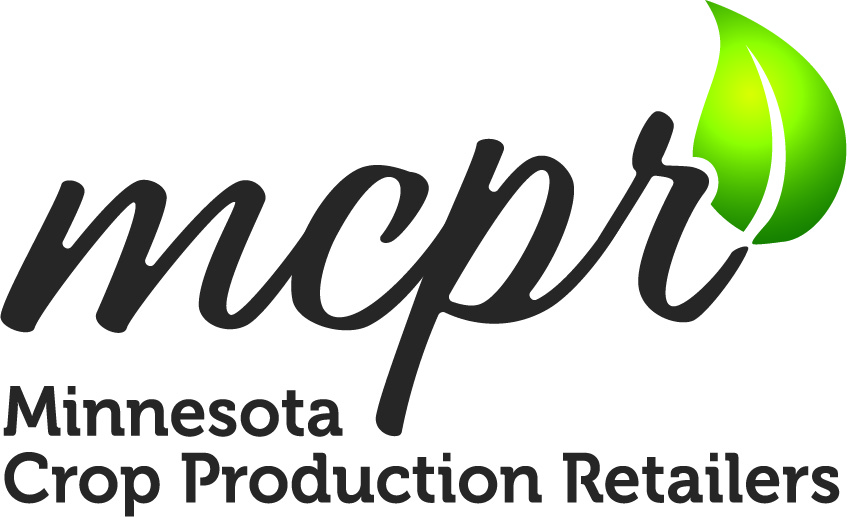Need to update your list of drivers in the Drug and Alcohol Testing program? Please call (800) 480-3723!
Effective January 1, 1996 Federal Law requires all firms that employ drivers of commercial vehicles to have a drug & alcohol testing program in place. All agri-business employees, full time, part time and seasonal, driving commercial vehicles which require a CDL license must be tested.
A commercial motor vehicle is defined as a vehicle that:
1. Has a gross combination weight rating of 26, 001 pounds inclusive of a towed unit with a gross vehicle weight rating of more than 10, 000 pounds; or
2. Has a gross vehicle weight rating of 26, 001 or more pounds; or
3. Is of any size and is used in the transportation of hazardous materials (HM) that requires the vehicle to be placarded.
Types of Testing:
1. Pre-Employment Testing
*A pre-employment test must be administered as a “prequalification condition” before employees are hired or used to drive commercial vehicles
2. Reasonable Suspicion Testing
*An employer shall require a driver to submit to a drug and/or alcohol test when the employer has reasonable suspicion to believe that the driver has violated the prohibitions of 49 CFR, part 382, subpart B (relates to when alcohol and drugs are not to be used).
3. Random Testing
*Every employer shall implement a drug and alcohol testing program which all covered drivers are eligible for unannounced testing throughout the year. Under the selection process used, each driver shall have an equal chance of being tested each time selections are made. Therefore, it is possible that one individual could be selected in two or more consecutive drawings.
4. Post-Accident Testing
*As soon as practicable following an occurrence involving a commercial motor vehicle operating on a public road in commerce, each employer shall test for alcohol and drugs each surviving driver: Who was performing safety-sensitive functions with respect to the vehicle, if the accident involved the loss of human life; or Who receives a citation under State or local law for a moving traffic violation arising from the accident, if the accident involved: i) Bodily injury to any person who, as a result of the injury, immediately receives medical treatment away from the scene of the accident; or ii) One or more motor vehicles incurring disabling damage as a result of the accident, requiring the motor vehicle to be transported away from the scene by a tow truck or other motor vehicle
5. Return to Duty Testing
*Each employer shall ensure that before a driver returns to duty requiring the performance of a safety-sensitive function after engaging in conduct prohibited by 49 CFR, Section 382, subpart b, (drug and alcohol testing requirements), the driver shall undergo a return-to-duty drug or alcohol test with the drug test being negative or the alcohol concentration test of less than 0.02.
6. Follow-up Testing
*Following a determination under 382.605 that a driver is in need of assistance in resolving problems associated with the use of drugs or misuse of alcohol, each employer shall ensure that the driver is subject to unannounced follow-up drug or alcohol testing as directed by a substance abuse professional
![]() View the webpage of our Drug & Alcohol testing partner, Forward Edge Associates.
View the webpage of our Drug & Alcohol testing partner, Forward Edge Associates.
